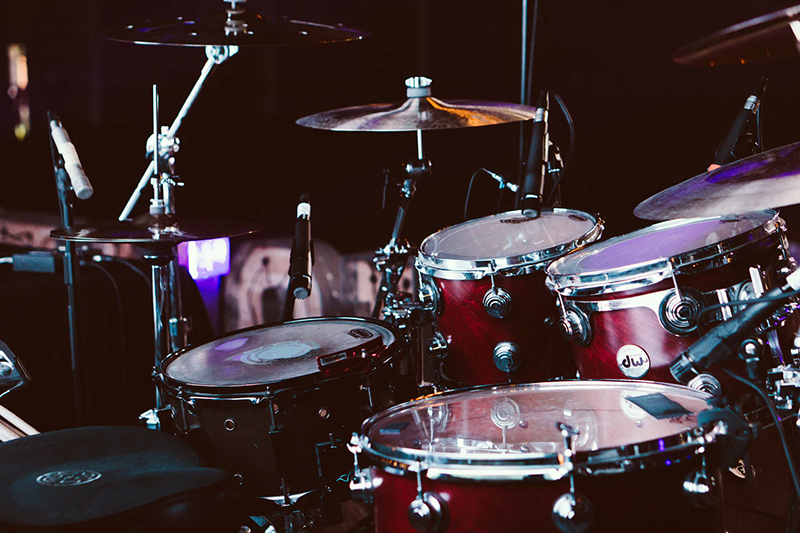
Bass Guitar
Bass guitar can be a very difficult instrument to fit into the mix cleanly and controlled, especially if the auditorium is reflective or boomy. The instrument should be in good shape, well maintained, and played well.
Tones can range from low and full, with mids and highs rolled back, or more percussive and bright with a tight low end. There really isn’t an “overall best sound,” but there can be different tones that best suit certain song styles. I recommend asking the bass player to have at least a couple of good sounds standing by.
The next step in the chain is getting the sound of the instrument to the console. There are many types of direct boxes: active, passive, and tube (with or without tone controls). All of these options can greatly affect the outcome so check to see what the bass player is using and make sure there are no EQ presets, tone variations, or gain adjustments that are adversely affecting the sound.

The bass player may also have an amp on stage to fill in a little low end. I’ve heard really good amps at a respectable volume, and I’ve heard very poor sounding ones cranked up way too loud. If there’s a large channel count available, you can place a mic on the amp cabinet and have a second optional sound to blend in. (Watch their phase relationship!) The resulting tonality could possibly be less desirable than simply using a bass DI or amp on its own. And as with all instruments on stage, keeping the stage volume lower will help both the front of house and monitor mixers achieve better results.
Bringing It Togeher
You’ve dialed in a great drum sound and the bass guitar is sounding full and powerful, so let’s look at combining these two very important instruments to create a solid foundation for the rest of the mix.
The easiest place to make a mistake when combining kick drum and bass guitar is with overlapping and excessive low-frequency energy. If the PA naturally has a lot of low-end, this is where things can get tricky and the whole room can start to shake. It’s important to tailor each of these two “big” instruments to fit together in a controlled way so that each is heard clearly yet they both do their part to provide the solid foundation for the mix.
The kick is the constant because its pitch is fixed and doesn’t move up and down the scale, so I often start by getting the bass guitar to fit with the kick. If the kick sounds best when tuned very low (in the 45 to 50 Hz range), then consider using a HPF on the bass channel(s) to stay out of the real estate of the kick. I don’t suggest completely taking away all of that great sub energy from the bass, but a sensible amount of HPF (e.g., 50 Hz) can reduce the combined thunder of both these instruments trying to occupy the same sub space.
The opposite can also work. If the bass sounds fantastic all the way from 20 Hz and up, then consider using a bit of HPF on the kick along with highlighting a nice punchy frequency in the 50 to 80 Hz range. This method frees up the rest of the low-frequency spectrum for the bass guitar.
So many of these decisions depend on the overall tonality of the specific PA system, the sound of the auditorium, and the tuning and quality of the instrument’s sound. Certain methods will just work better than others, so experiment when you can to find the best solution.
In the end, the congregation and creative team have a good idea of how they would like the music to sound, so be respectful and work within those guidelines, but in many cases, a full and musical low-end rounds out the whole mix and adds depth and power to amazing worship songs. Build that foundation with the drums and bass, and you’ll be all set to creatively place the rest of the instrumentation on top. More on that next time.
